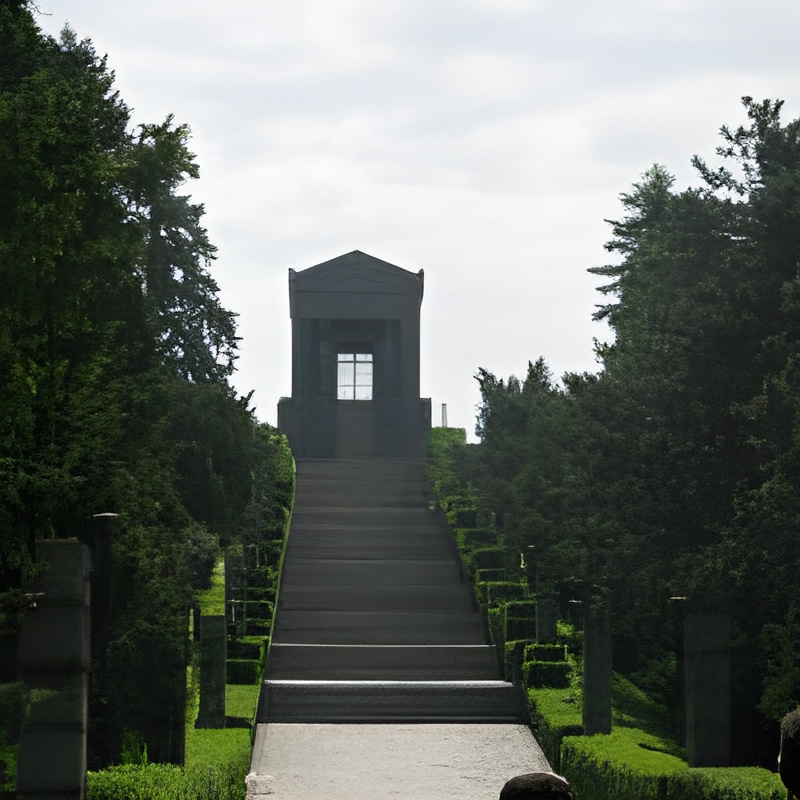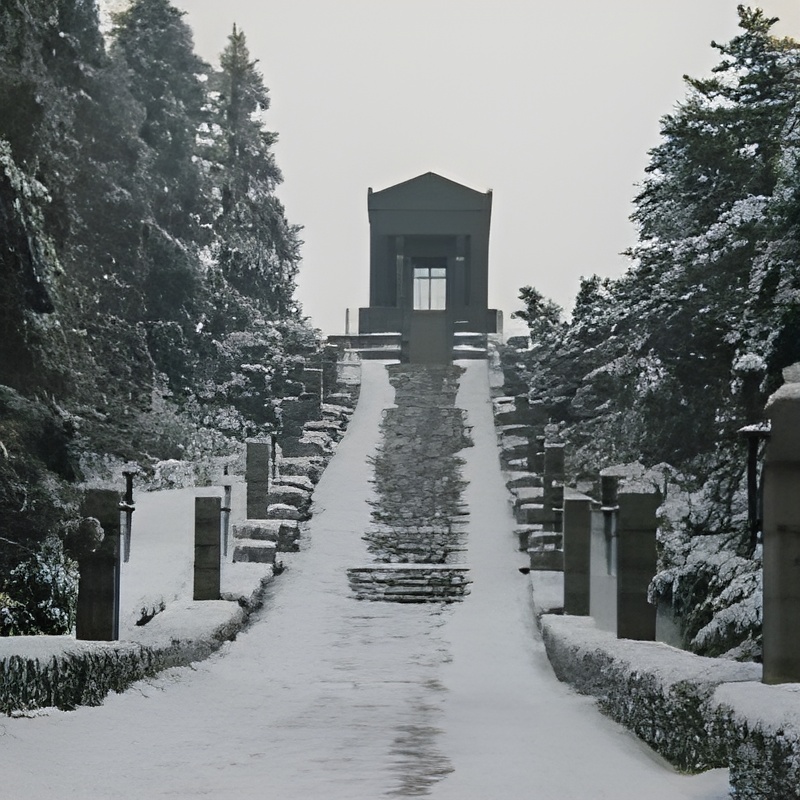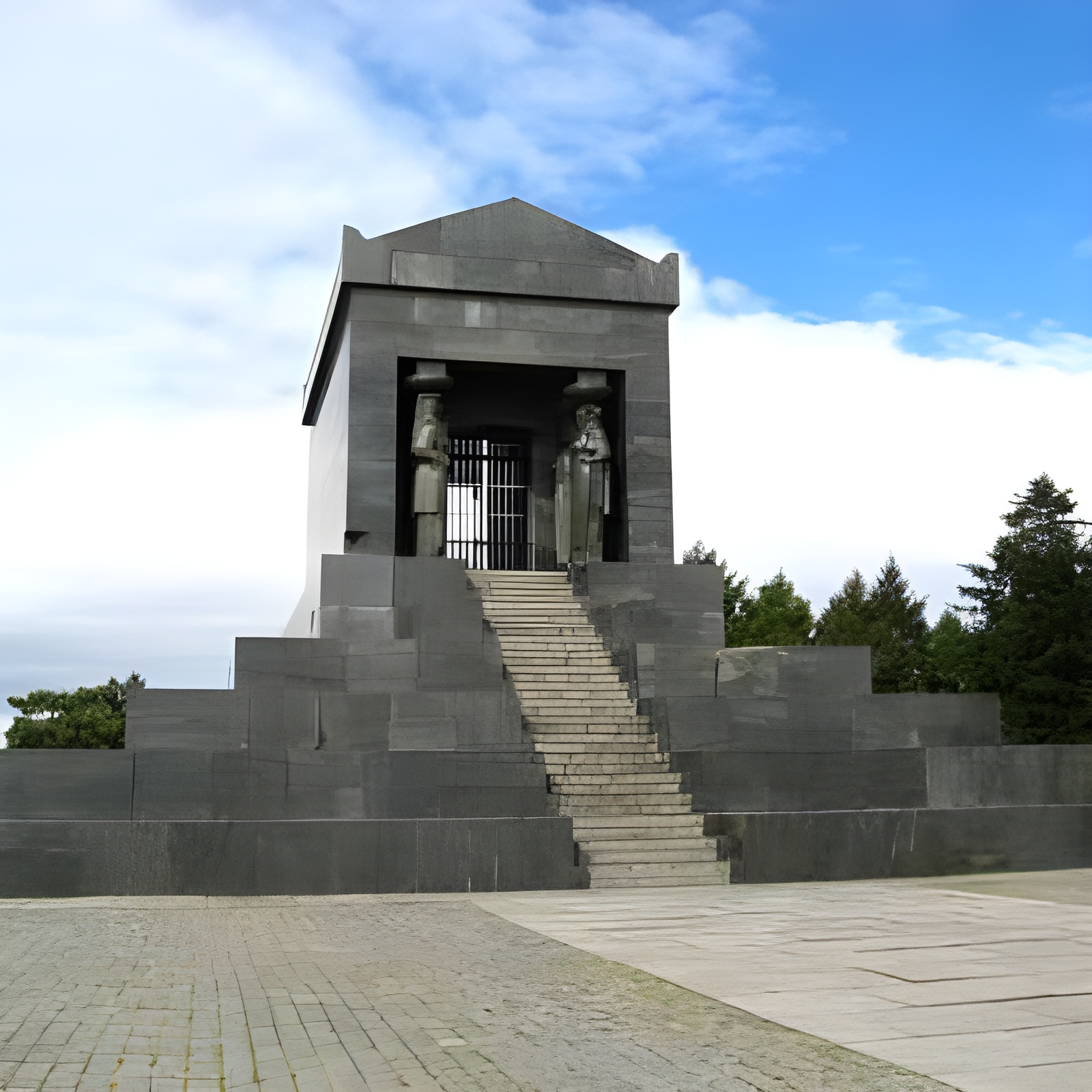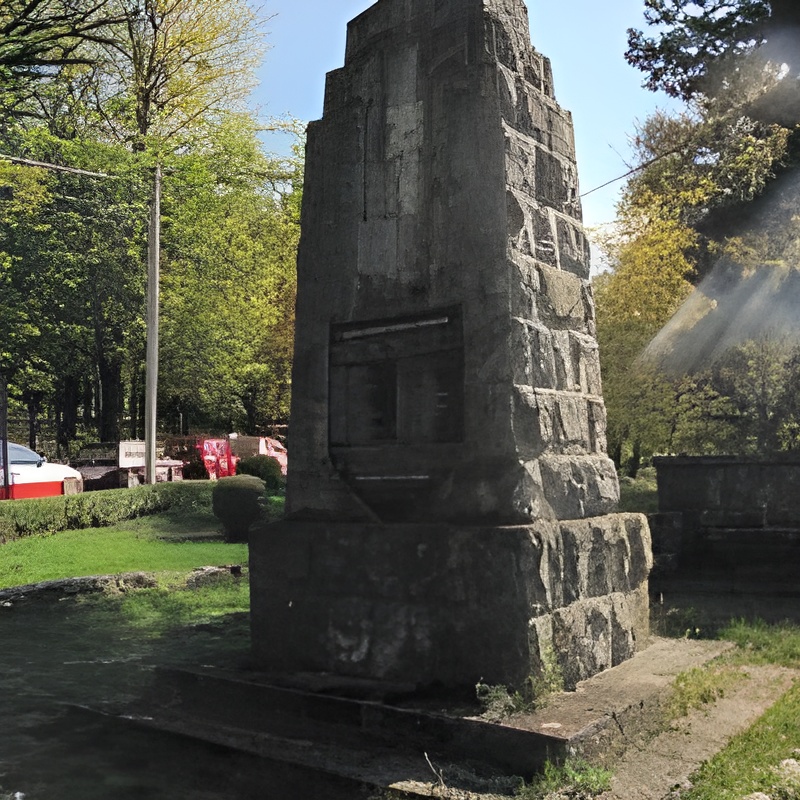
Najviša tačka Avale na 506mnv. The highest peak of Avala is at 506 meters above sea level. How did this monument come about and what was there before it? With its elevated position of the Belgrade, Avala has always been a good lookout and observation point for both the conquerors and the defenders of the city. Among the first inhabitants of Avala are the Celts who came here as miners. They were succeeded by the Roman conquerors who built a fortress on top of the mountain. In the Middle Ages, the fortress of Žrnov was built on the foundations of this Roman fortress, which was then occupied by the Turks, who reconstructed it in the middle of the 15th century and made it a strong stronghold. After the fall of Belgrade in the 16th century, Havala lost its strategic importance. This interesting building managed to last until the thirties of the last century. Then, in the interwar period, there was a tendency to pay tribute to the soldiers who died in World War II by erecting a monument to the Unknown Soldier. The first monument to the Unknown Hero was erected on Avala four years after the World War I. The people of nearby villages built pyramid-shaped monument with a cross on top, designed by architect Milan Minić, located on the place where the mast with the coat of arms of the Republic of Serbia now stands. It was soon decided to build a new, more monumental monument for the same purpose and in the immediate vicinity of the old one. The choice fell on Žrnov. In 1934, by order of King Alexander II Karadjordjevic, the Royal Yugoslav Army mined the old town and razed it to the ground in order to open space for the construction of new monument sculptured by Ivan Meštrović. This was not the end only for the old town of Žrnov, but also for the original monument to the Unknown Hero, which was torn apart, and the only remaining trace of it is the cross from the top of the monument, which is today in the church gate in Beli Potok. The new monument was built of black Jablanica granite in the form of an enlarged sarcophagus on a pedestal of 6 steps, and was ceremoniously opened on Vidovdan in 1938. It has been built since 1934. On both sides of the entrance, there are 4 granite caryatids, figures of women in the folk costumes of the Yugoslav peoples, who wear the roof of the mausoleum on their heads. The first on the right at the entrance is a Serb, and the second is a Montenegrin. On the left is the first Croat, and next to her is a Slovene. At the exit, the first on the right is from Vojvodina, and the second is Macedonian. On the left is the first Bosnian woman, and next to her is a Dalmatian. Several damages can be seen on the monument, which originate from the cannon shells of the Red Army, which thought that it was a German fortification. From this place there is a view of many mountains in the area, Kosmaj ... and you can see the villages of Zuce, Beli Potok, Pinosava, Ripanj.





A year before the completion of the construction work on the Avala Tower, in 1964, a Russian military delegation that was flying to Belgrade to attend the celebration of the twentieth anniversary of the Liberation of Belgrade were killed in an airplane crash on the slopes of Avala. Among the victims were Marshal Biryuzov and General Zhdanov, as well as other high-ranking Russian officers and the crew members. In 1965, in memory of plane crash victims the monument was erected sculptured by the famous Yugoslav artist Jovan Kratohvil. The sculpture symbolizes two broken airplane wings cast in bronze. The same symbolism was applied to arrange a green representative area in front of the monument. From here the view downs to part of the village of Ripanj.

Near the Mountain lodge "Čarapićev Brest", there are two monuments dedicated to Karađorđe's military commander, Vasa Čarapić, the Dragon from Avala, the prince of Grocka. The older monument is made of wood, with motifs from the First Serbian Uprising sculptured by Bogosav Živković. It was built by the Forest Unite "Belgrade". On the place of this monument, twenty years ago there used to be the last of six elms under which the duke Vasa Čarapić gathered people and invited them to revolt against the Turks. The lodge was named after that elm. The newer monument is in bronze work of the sculptor Dušan Nikolić. It is located next to the mountain house of the Ski Mountaineering Association "Avala". Otherwise, during the slaughter of the Knezes, the prince of Grocka escaped to Avala and formed a company of insurgents. He died in 1806 at the age of 36 in the battles for the liberation of Belgrade during the attack on Stambol Gate.
